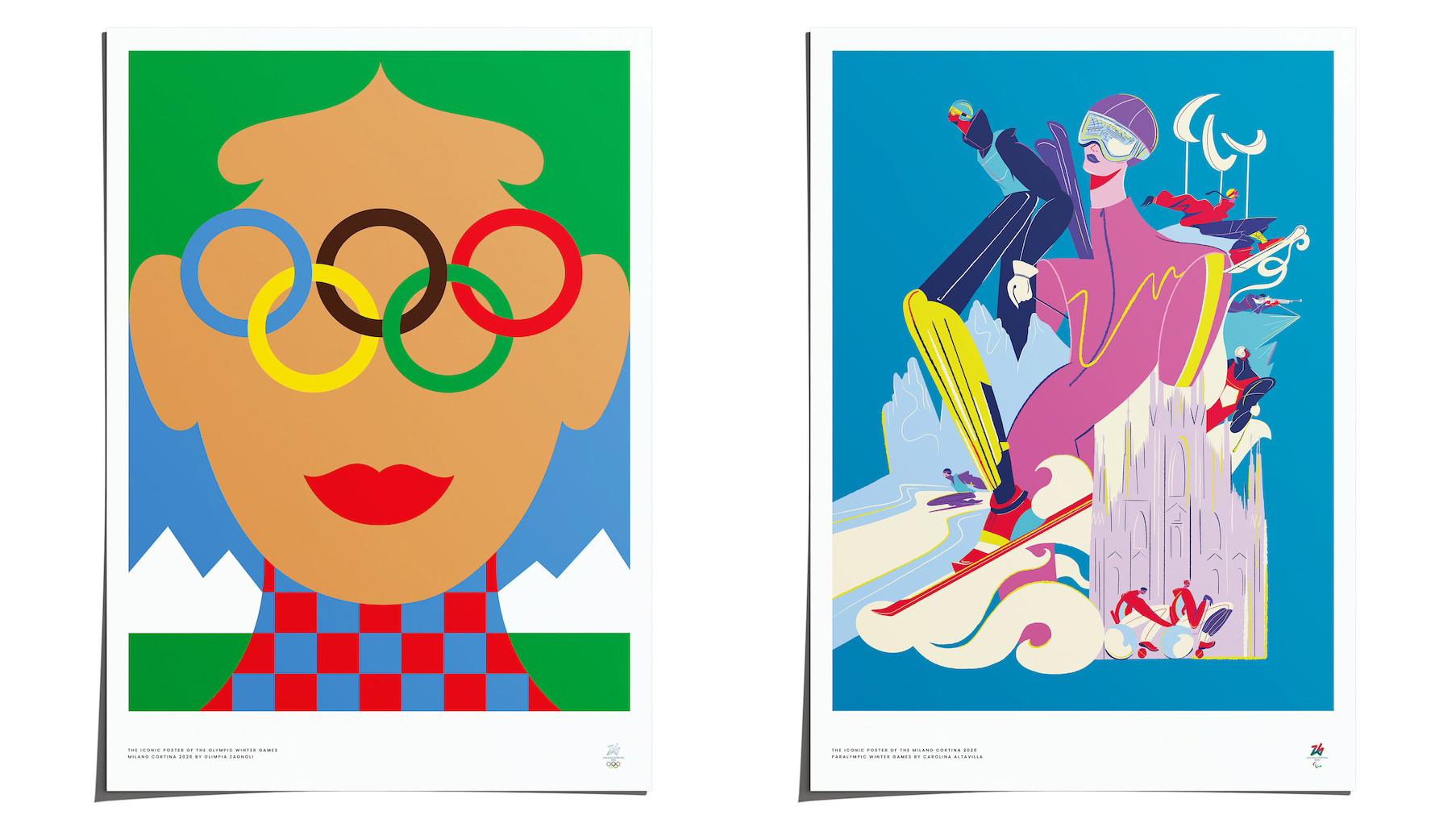What’s holding back accessibility in 2016?
Leading voices have been stressing the importance of accessibility for more than a decade, but there’s still much room for improvement. So what’s the problem?

Accessibility issues affect a large per cent of the population, but web standards are still lacking. To help highlight why designers are still lagging behind where they should be, we spoke to seven experts to shed some light on the situation.
No awareness
"It’s mainly the lack of awareness," says WAI Activity Lead Shadi Abou-Zahra. "Most designers I talk with become really excited about accessibility – they like the challenge of something new, and they like to do the right thing. There are simple things any designer can do to improve accessibility. For example, ensuring good contrast between text and background colours is easy to do, when you are aware of it."
Lack of understanding
"In short, a lack of understanding," explains Teranet UX and UI designer Julie Lane. "Lack of understanding around the proven benefits an accessible web provides. Lack of understanding of how to build inclusive design into a process. Lack of understanding about the fact an accessible web does not cost an obscene amount to facilitate. Generally, I find when all members really understand accessible web design, it becomes another essential and critical part of the common process."
Numerous obstacles
Jennifer Aldrich, a UX and content strategist at InVision says, "There are three major hurdles. First, difficulty getting buy-in from stakeholders. Pitching any accessibility changes from the perspective that we’re all just temporarily abled can make a big difference here. Second, accessibility experts are typically brought in to do an accessibility review after a project is complete, when the necessary changes are too overwhelming.
Companies really need to include accessibility analysis in the initial stages of the design cycle. Third, a major lack of training for designers. Giving designers and developers a quick crash-course on high-level ways they can comply with accessibility standards would make a huge difference."
Confusing standards
Accessibility standards are usually written intentionally vaguely in order to apply to everything under the sun," reveals Paciello Group information architect Jon Metz. "That said, I’m convinced most accessibility issues can be solved by doing things correctly. Good structure, decent contrast, and describing pictures are all pretty basic web design concepts. Unfortunately, when deadlines are tight, best practices tend to be thrown out the window. Until designers realise that using standards driven design is the easiest way of proving actual expertise, we’ll continue to see accessibility fall short in the field."
Difficult tools
Alastair Campbell, director of accessibility at Nomensa, says "Most people don’t know or don’t apply the basics. When starting a new project, I run an accessibility workshop to get everyone on the same page. The type of issues that come up after that are generally minor. However, when running the same workshop for a team working on an existing product, there are generally big issues that prevent them from tackling the accessibility barriers. A big factor is tools. The tools we use in 2016 have a massive influence on the accessibility of the web, and very few are accessible by default."
Daily design news, reviews, how-tos and more, as picked by the editors.
No appreciation
Derek Featherstone, lead accessibility consultant at Simply Accessible, says: "The biggest barriers are threefold: 1) Doing accessibility well takes a lot of thought and care, and our industry seems to value speed over quality. 2) There are a lot of technical discrepancies between one piece of assistive technology and another. We still need testing that is the equivalent to the age-old browser ACID test. 3) There’s also not enough focus on the interplay between design, content and development in creating an accessible user experience."
Poor styling support
"Existing implementations of widgets in browsers have poor styling support, so designers have to resort to custom-built widgets," adds Marco Zehe, accessibility QA engineer at Mozilla. "Also, the absence of advanced widgets like a properly specified and implemented <dialog> element, or a properly tabbed interface. Developers have to create these from <div> and <span> elements, without properly applying both WAI-ARIA roles and states, and implementing all possible methods of interaction (mouse, keyboard, touch), so we end up with a non-semantic <div> sauce that only responds to mouse clicks."
This article was originally published in net magazine issue 285. Buy it here.
Related articles

Oliver is an independent editor, content consultant and founder of Pixel Pioneers. Formerly the editor of net magazine, he has been involved with the web design and development industry for more than a decade and helps businesses across the world create content that connects with their customers. He is passionate about content, user experience, accessibility and designing for social good.
